“After twenty-six weeks of sunlight and stars, wind and sky and golden sand, I want to hear once more the crackle of clamshells on the floor of the bar in the Clam Broth House in Hoboken. I long for a view of the jolly, rosy faces on 42nd street and the cheerful throngs on the sidewalks of Atlantic Avenue. Enough of Land’s End, Dead Horse Point, Tukuhnikivats and other high resolves; I want to see somebody jump out a window or off a roof. I grow weary of nobody’s company by my own–let me hear the wit and wisdom of the subway crowds again, the cabdriver’s shrewd aphorisms, the genial chuckle of a Jersey City cop, the happy laughter of Greater New York’s one million illegitimate children.
“If I’m serious, and I am, the desert has driven me crazy.” — Edward Abbey. Desert Solitaire.
Once in a blue moon, I like to smoke a cigarette. I should say, (for the benefit of my insurance company,) that this doesn’t happen frequently. No, Blue Cross, I am not a ‘habitual’ user of tobacco. But occasionally—maybe once a year—the mood does strike me. I light one up, and sometimes I press gang Jim into joining me, so that I can watch his smoke rings expanding in the air. (He’s quite talented.)
I can’t say what sparks it, exactly. Maybe I had been sitting near to someone else who was smoking. Or I’d watched an old movie. Maybe I’d woken up in a nostalgic mood, and I wanted to remember that feeling. The flame, the intake of breath, the rolling crackle of the tobacco catching fire. Smoke has such a lovely density in the surrounding air. The taste, too. A light caramelization.
Maybe I like an occasional cigarette because it’s a fast track to memory.
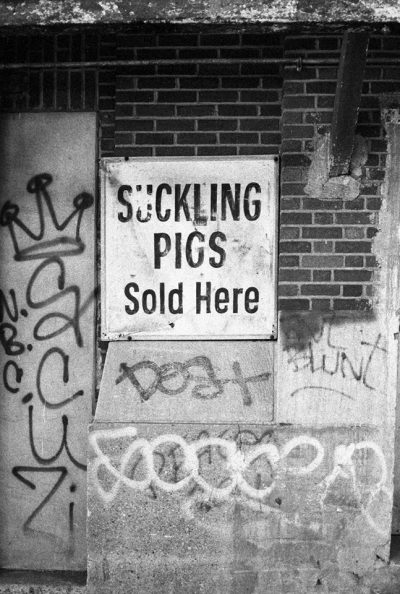
When I got off a long shift from the restaurant in Connecticut, at three in the morning, I’d often join the others in the alleyway, leaning back against the brick wall near the dumpsters, to smoke a couple cigarettes. It was a way to unwind, and put a clear break between working hours and the rest of the night.
It was a time to joke around, about the Belgian man who was furiously mistaken about the ingredients for our newest ‘pizzette,’ or the drunken woman in stilettos and a decadent suit who’d screamed at our hostess for having carded her precious daughter. It was all fodder.
There was a night I’d stumbled over a chair, dropping a little bowl of olives on the floor, and accidentally swore in front of a table of businessmen. Or there was the night the owner had shocked the kitchen staff by unceremoniously unwrapping and displaying an intact pig’s head on the counter.
When I walked into the stunned quiet of the kitchen that night to place an order, I looked around, confused. I couldn’t figure why no one was moving. Finally I saw the pig’s head. I said, “Oh, okay.” Then I asked, “What will you make with that?”
The owner contemplated me for a second, then barked a laugh. He proclaimed, “YES! South Dakota! I knew you’d be cool!” And he explained to all of us just what, exactly, he could make from that pig’s head.
It was one of my proudest moments. After that, I was officially one of the gang. One of “us”–the broke, gritty, and resentful servers—as opposed to the wealthy “them” whose business accounts we charged for artfully expensive pizzettes and cocktails with dragonfruit garnishes.
When the shift ended, I’d throw my coat over my uniform and join the others outside the back door. Someone would scoot a little to make room for me against the brick wall. I’d light a cigarette and the conversation would continue. “But did you hear that jerk complaining about the cost of his wine? ‘When I was in Italy last week,’ he says, blah blah…”
The PSA’s don’t mention it, and the after-school specials never did either. But the reason people like to smoke is that it’s an incredibly pleasurable thing to do. The act of smoking is visually beautiful—the flame, the smoke. It’s virtually silent, save for that subtle crackling. And the fresh smell of a cigarette is spiced and intricate, in contrast to the stale aroma you discover in your hair and clothes the next day.
Even now, when I catch the scent of a freshly lit cigarette, it’s soothing. While other drugs and alcohol might dull you, the tobacco’s high is a mild one, just a subtle loosening of tension. And half of the impact is psychosomatic. It lies in having this excuse—to pause, to take a few minutes, to lean against a wall and stare at the smoke as it weaves into the sky.
But we don’t talk about that. Not anymore.
Cigarettes are the enemy. We’ve all agreed on this, somehow. They’re low-rent and poisonous. They stink and offend. They’re dirty. If you smoke a cigarette indoors, you’re actively murdering everyone who walks in the door. Even if no one happens to visit, you still offend the wallpaper; you risk the gasp of asthmatic ghosts.
If you smoke outdoors, well, you’re a neon-blasted display for sin and depravity, and you’re tempting the children toward darkness. Only the willfully stupid or suicidal would still smoke cigarettes. No, it mustn’t be allowed. Cigarettes are death. And you wouldn’t call death beautiful and artful, would you?
There are millions of poems and paintings and rollicking tunes about death, of course, and none that I can recall about seatbelts or spinach. But that thought is best kept quiet.
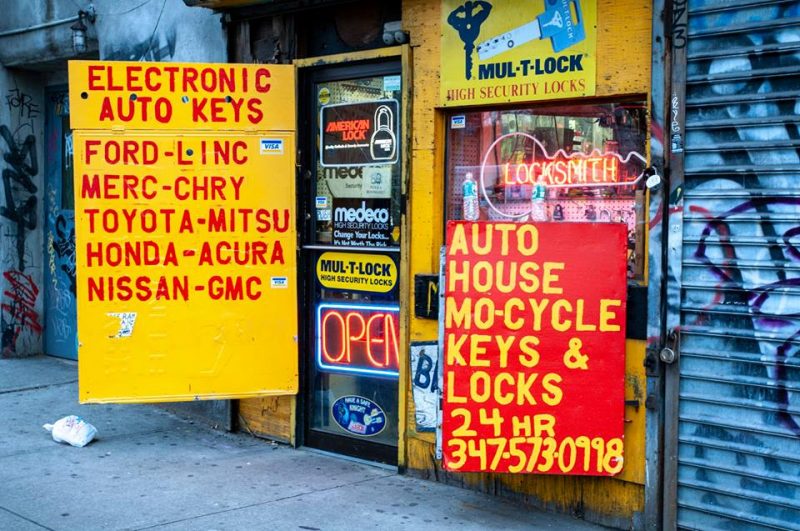
We’re in a Clean Age. A time that glorifies clean eating, clean algorithms and general safety. (Except that the unclean are still here too, of course. Thousands of homeless pile against cold buildings. Thousands sink into opiate haze, or drunkenly plow their cars off the highways, or accidentally shoot a bullet into their toes. But these are not hallmarks of the modern age; these are the kinks as yet to be ironed out. Quirks, like those filthy cigarettes, of the degenerate poorer classes who stubbornly refuse to better themselves.)
Because the cleanest mind is the emptiest mind, the youngest generations have become the spiritual leaders. Uncomfortable with vice and sex, they prefer tidy lines of computer code to guide all social interactions. They disavow earnestly all the messy, stinky, and immoral predilections of their parents and grandparents—who met strangers in bars! Who drove muscle cars and listened to sexist music! Who laughed at the now-unnerving jokes of Lenny Bruce or George Carlin! Thank goodness for the children, who can show us all how wrong we have been.
The parents and grandparents, who raised their children to be afraid of any discomfort and to value safety above all else, are properly ashamed. They’ve repented, before these innocent young gods, of that previous life of debauched and wasteful excess. They quit smoking. They listened to the TED talks. They bought the electric car and the reusable bags. They shared that meme on Facebook. They are, in a word, redeemed… Until they accidentally laugh at a dirty joke, that is. Or remember fondly some off-color anecdote from the “good old days”…
“What I only came to understand years later…is that the new artists had no awareness at all of the existence of the dead people who had lived and worked—just a few years before—on the very streets where they were now working and paying high rents .”
–– Sarah Schulman. Gentrification of the Mind: Witness to a Lost Imagination
A while back, Jim and I wandered into a coffee shop in the Texas panhandle. The walls were painted slate gray and, along the long wall above the espresso machine, three-dimensional letters spelled “C O F F E E” in large vintage typeface. A few young people sat at scattered tables, reading their phones or typing vigorously into their laptops against a background of ambient music. The lightbulbs were bare. A barista with a half-shaved haircut leaned over the Scandi-style reclaimed wood counter to ask for our order…stop me when this sounds familiar. Again, this was Texas. The panhandle, of all places.
So we spun on our heels. We hightailed it out of that joint, and went elsewhere. An ancient, decidedly un-Scandi diner where the seats collapsed inward and the waitress looked exhausted already, at eight in the morning.
And was the coffee weaker? Yes. But, good lord, the company was better.
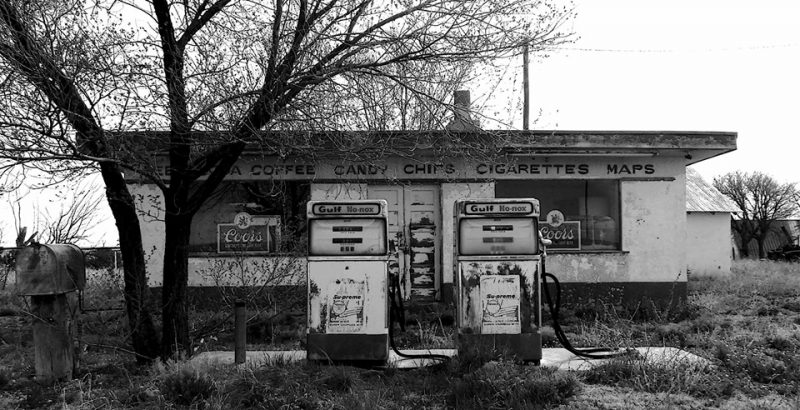
“The fantasy world of material well-being promised by every commodity now is revealed as a hell of unfulfillment; the promise of eternal newness and unlimited progress … now appear as their opposite: as primal history, the mythic compulsion toward endless repetition.”
–-Max Pensky. Method and time: Benjamin’s dialectical images.
I love living in a rural small town. I loved living in cities too. And I didn’t know those were considered antithetical positions until I said it a few times, and received horrified looks for my effort. But the two aren’t terribly different. In a rural town, you know exactly what your neighbor yelled at his kids last night. You can get an onion or a dozen eggs from the store within a couple minutes. You know the guy who owns the pizza place, and the guy who delivers your packages.
When I lived in a city, I knew when my upstairs neighbor’s daughter was teething. I helped another neighbor move in her new couch. When I suddenly needed an onion or an egg, I walked a couple minutes to the bodega and, while I paid, I talked to the owner about his kids. I was on friendly terms with the guys who ran the liquor store on our block, and had just as many complaining conversations as I do now about road construction on our street, what crazy thing the city government did last week, and so on and so forth.
This new Clean age is not the fault of rural bumpkins or city slickers. Both forms of life have historically required a certain tolerance of messiness and discomfort. A willingness to carry cash. To brush up against some squirrelly characters and form alliances of proximity, not conformity.
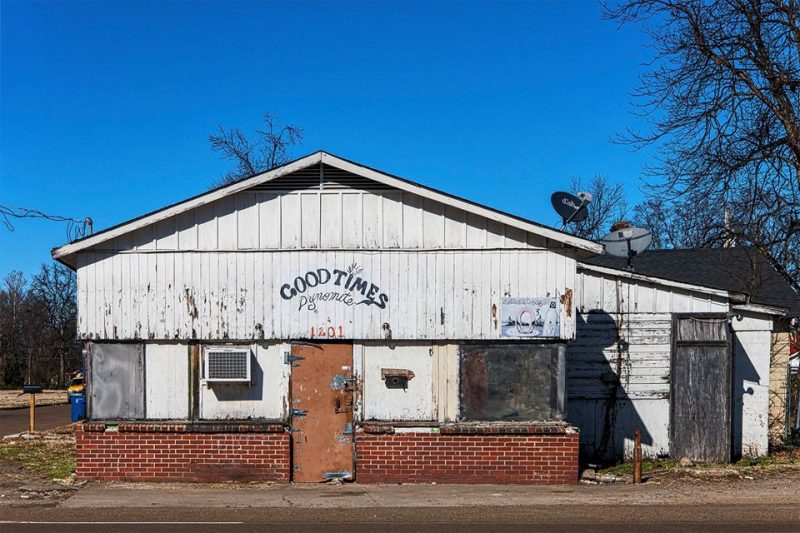
The modern curse rises from neither the gravel road nor the subway grate. (Though it has quietly infected both.) It’s born, instead, in suburbia— from the psychological distance of wide green lawns and the sepulchral quiet of the cul-de-sac. It’s the suburb, after all, that taught us to love comfort and safety more than color and life. To ask, incessantly, “Do you have a permit for that?” It bred an ideology that can’t be fought, because its values are unquestionable.
“What, do you like people breathing cancer-causing secondhand smoke?”
“Did you prefer this neighborhood when it was full of drug dealers?
“Don’t you want the children to be safe?”
The “Downtown” that I was raised in as a young artist included real innovators, real drag queens, real street dykes, real refugees, real Nuyoricans, really inappropriate risk-taking, sexually free nihilistic utopians. Today, “Downtown” means having an MFA from Brown.
— Sarah Schulman. Gentrification of the Mind: Witness to a Lost Imagination
Politically, this suburban mindset isn’t recognizably ‘Republican’ or ‘Democratic.’ There is both a reactionary conservatism in its discomfort with dirt and nuance, and a blank platitudinous progressivism in its embrace of symbolic social justice positions and its worship of academic excellence. You find it endemic among professional class members of both parties.
This mindset believes a “good” street is a “safe” street. And a “safe” street doesn’t have a bodega, a pawn shop, or an auto parts store. It has, instead, an art gallery and a cute cafe. A “safe” street doesn’t have a homeless guy curled up outside the post office. And everyone living on a “safe” street has a college degree. They sort their recycling into the proper receptacles.
It finds comfort in the appearance of bland un-eccentric wealth. Newly painted buildings. Recognizable coffee shops with ‘funky’ looking young people inside (but not TOO funky.) Art galleries selling paintings to match your sectional couch.
“Historic Preservation” is wonderful as long as it’s accomplished with big bucks. “How much would it take to restore?” Someone asks, staring up at some hundred-year-old structure in the downtown. The inevitable response: “oh, millions.” But the guy who runs the hardware store on the first floor knows that, hey, a new roof and a little brick repointing, and the place would be alright. He doesn’t have the money for more than basic repairs, of course. He’s too busy keeping up with the new ordinances, the new city codes that won’t let him fix washing machines behind the building anymore. The fact that the parking fees around his shop keep going up, and all his customers are selling their houses and leaving town.
None of the new residents will mourn him when he’s gone. After all, when you hire out all your household repairs, you don’t really need a hardware store in the neighborhood. Give it another year, and he’s toast. Sayonara to that guy. His building is sitting on a nice big cushy lot, and it’ll make an excellent Walgreens once that junky, dirty eyesore is torn down. Or maybe someone rich will “save” it, gut the insides and put bare lightbulbs everywhere. It’ll be one of those swanky historical restaurants. They could even name it “The Hardware Store.” Wouldn’t that be quaint?
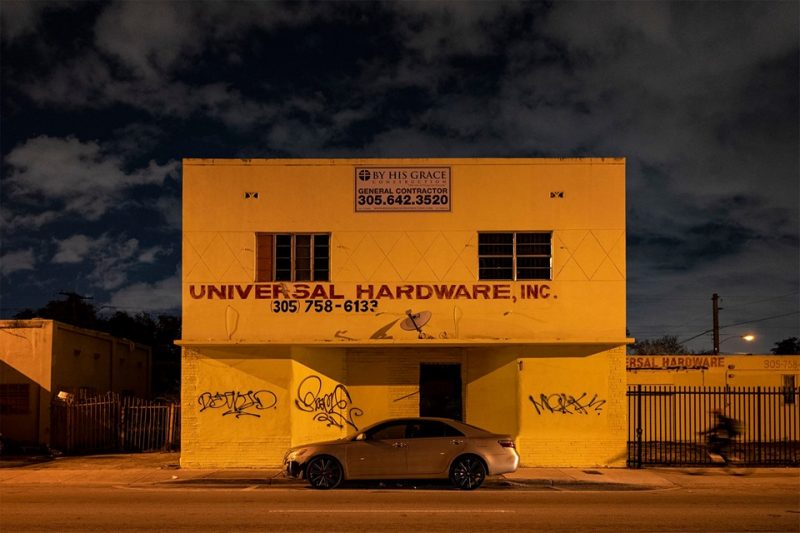
In the East Village there was the National, a café run by two Cuban lesbians, and the Orchidia, an Ukrainian/Italian place, run by Ukrainians and Italians. Leshko’s, Odessa, and Veselka were Ukrainian owned; Veniero’s and DiRoberti’s served Italian pastries made by their Italian owners. Places to get Dominican rice, beans, chicken, and plantains abounded, all run by Dominicans, and the Second Avenue Deli was owned by Jews…Eating food from ”other“ cultures meant going to businesses where people from those ethnicities were both the bosses and the other customers. It meant loving and appreciating their food on their terms, and happily, at their prices. Gentrification brought the “fusion” phenomena—toned-down flavors, made with higher quality ingredients and at significantly higher prices, usually owned by whites, usually serving whites.
— Sarah Schulman. Gentrification of the Mind: Witness to a Lost Imagination
Mental suburbanites “treasure” the poor, of course. And their hearts go out to immigrants. But that sweet Salvadoran couple who have sold pupusas under a rusty shingle for thirty years? Sorry, pupusas won’t cover a market-rate rent. They won’t finance a shiny new sign or an upgraded health code-friendly new kitchen. And that’s really that couple’s own problem, isn’t it? They should just open up a food truck, like all the cool youngsters are doing now. It’s basically the same thing, right? Maybe we’ll get a Chipotle instead.
This mindset rests on bland platitudes. Children are the Future. Be your Best Self. See Something, Say Something. Make Love Not War, (but, you know, in the “safe” way.) It recoils from any hint of aggression or realism. It is fearful, both of the white shade-tree auto mechanic with oil on his hands and also the black man selling umbrellas from a sheet laid across the sidewalk. There’s an air of menace to both, and the suburbanite in a state of fear only knows one response: shut it down. Pass an ordinance. Talk to the manager. Assert control.
It is fear, always, at the heart. Fear of injury, or disease, or death. Of noise and confusion and hurt feelings. When that fear runs rampant through the unprepared mind, wincing and quaking at each new offense, it won’t be quieted until it feels it’s in control of its surroundings. It won’t shut up until it has exacted submission from all the sticky sugar-drinkers of the old un-gentrified era. The welfare bums and redneck scum. The barterers and hustlers and under-the-table cash-passers who have always kept the world dancing merrily on its axis. Those folks have to straighten up or go.
And how do you argue against that? How do you argue against the rules passed for your own protection? How do you argue against the safety of children?
“I now suddenly understood how to a painter – had it not happened to Rembrandt and many others? – ugliness could appear as the true reservoir of beauty, better than any treasure cask, a jagged mountain with all the inner gold of beauty gleaming from the wrinkles, glances, features.”
––Walter Benjamin. “Hashish in Marseille.”
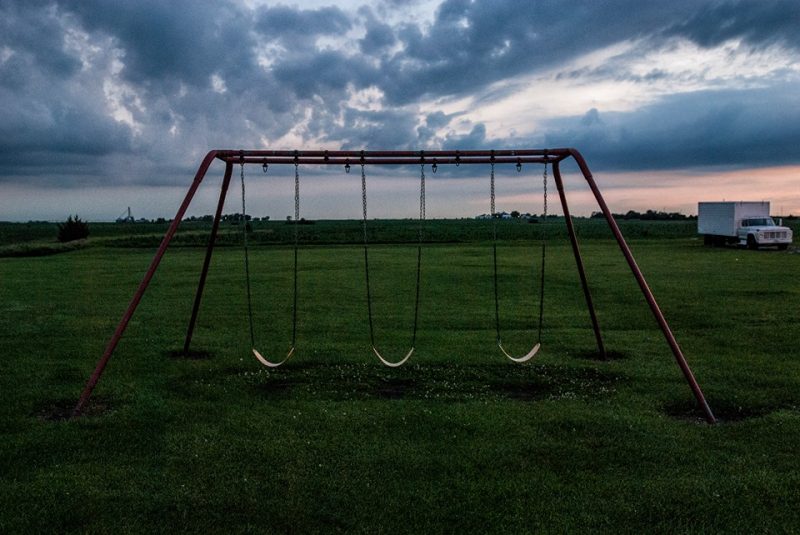
Can we just say it? Children should not be safe. Given that the goal of raising children is to make them into functional adults, and not to preserve them in a state of suffocated imbecility, they need to be acquainted with the world around them. They’re little humans, yes? Humans have never been safe, and never will be safe, as long as there’s any decent spark of madness left in the species.
Children should be comforted by their parents, of course. But the greater world doesn’t share that requirement. The world should menace them with spiky playground equipment, and tempt them with the sight of cool boys on motorcycles, cigarettes hanging out of their mouths. They should hear dirty limericks and learn the subtle art of the hustle, begging a few cents off a stranger outside the grocery store to buy a candy bar.
Children should get wise about traffic the hard way—breathless at the side of the road, having just raced past an oncoming pickup truck. Their bicycles should burst a tire, or otherwise disintegrate, miles from home. They should discover old Playboy magazines in dumpsters, and they should be confronted with problems—terribly confusing problems—without the remedy of Google in their pockets or mommy on the phone.
Children should not be safe. None of us should be safe.
Does anything good come from safety? A feeling of comfort, maybe. But even that comfort could be immeasurably richer and more delicious, having experienced the vagaries of a dangerous and cold, indifferent world.
The world of sharp objects and unpredictable outcomes is what inspires artists to create. It births new forms of literature, new visions of ungraspable utopias. When it doesn’t make art, it makes for well-honed souls. Suffering breeds wisdom. Empathy. An understanding of the bare materials of life and society. Children who weren’t kept “safe” grow up to be adults who recognize what liquid is seeping out from under their car. They’re more likely to understand that every new shiny thing—the phone, the condo development, the Impossible Burger—is composed of something that was mined from the earth, blasted from the rock, and coaxed from the muck. They’re more likely to see the face of the new “public menace” and laugh, because it looks just like the old “public menace,” and that one turned out to be a riot in a teacup.
“There is a quality even meaner than outright ugliness or disorder, and this meaner quality is the dishonest mask of pretended order, achieved by ignoring or suppressing the real order that is struggling to exist and to be served.”
— Jane Jacobs. The Death and Life of Great American Cities.
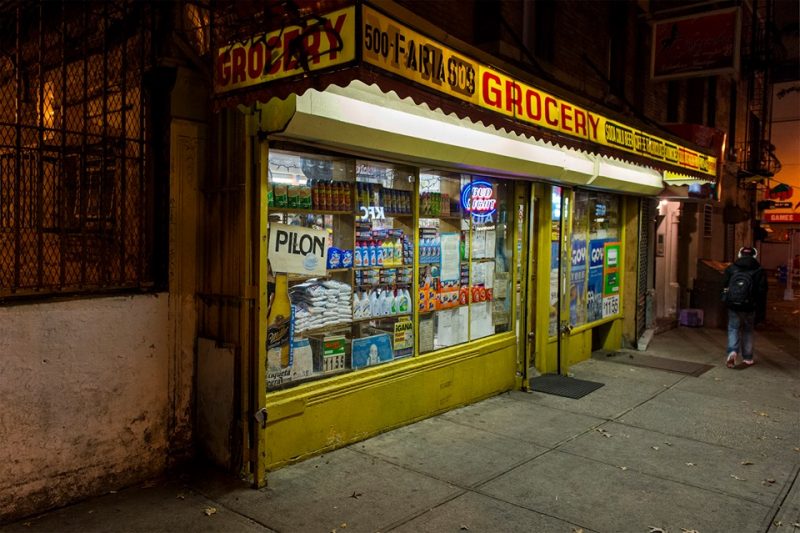
Safe streets are safe in the way that corpses are cozily safe in the tomb, and similarly lacking in all the characteristics—breath, vitality, good humor—that make human life worth living. And safe-minded residents are animated by the desire to make life “pleasant,” which seems like a good thing, until it extinguishes all the parts of life that weren’t so much unpleasant as they were unpredictable or disordered. Like the taqueria and the corner bodega. The liquor store and the adult video parlor. The maudlin winos and under-the-table handymen. The noisy block parties and impromptu flea markets and backyard roosters. The shade-tree mechanics.
You didn’t know how much you loved the mess until it had been wiped away. Where do you put the disgust you feel, when it’s disgust at the sight of how clean everything is?
I don’t know. But sometimes a cigarette helps.
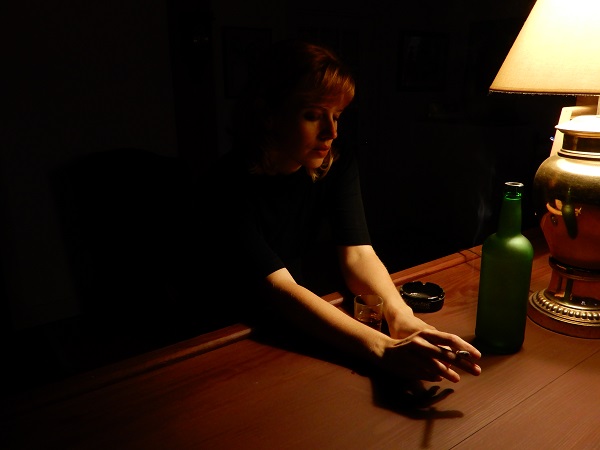
Tonya Audyn Stiles is
Co-Publisher of the
Canyon Country Zephyr.
(And a big thank-you to Paul Vlachos for the use of his photos. Visit his website HERE.)
To comment, scroll to the bottom of the page.
Don’t forget the Zephyr ads! All links are hot!
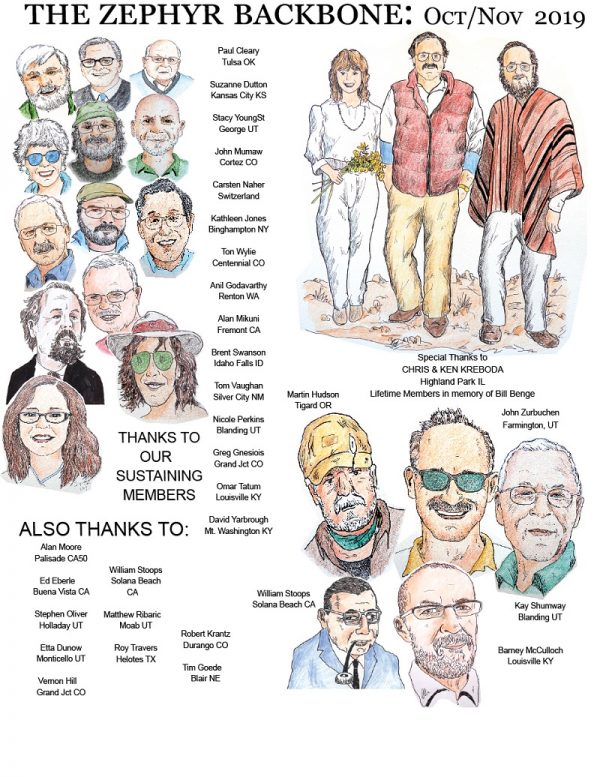





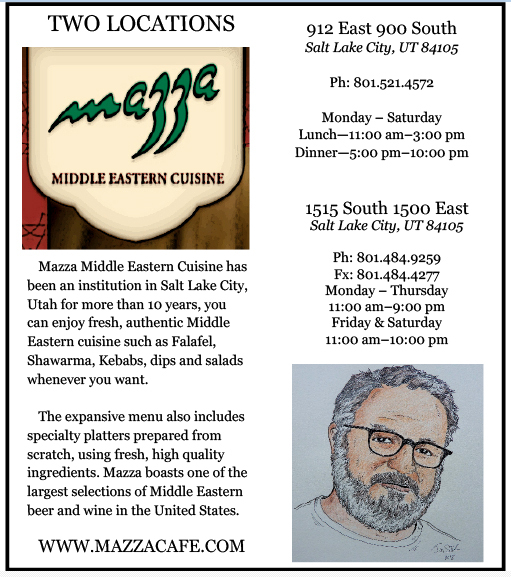



Tonya, I don’t mind if you smoke every now and then… but must you drop your butts on >my< corner? Tobacco appears to be synonymous with trash. Anyway, count yourself lucky that you ever experienced the world you miss. I know I do.
Wonderful piece. Thanks
Tonya, your pieces from this issue and the last have been especially wonderful!
Nice to read from an individual who isn’t afraid to write a sincere piece without attempting political correctness.
I look forward to your future writing.
An excellent article. I was reminiscing with a friend this evening and told them about the evening a small group of us stopped by a liquor store on the way to the drive in movie and had a rummy buy us flavored vodka if we’d buy him something. We all got a different flavor. Mine that evening was cherry. We each had a pint. Needless to say we decorated the outside of that car during the evening. Lovely. I got to calculating and realized the older guys were 16 which made me 13 years old. Oh yeah, we were smoking too. America didn’t care. We were kids learning a thing or two about booze and nicotine addiction. We learned from books but we also learned from falling out of windows. I’ve smoked for 50 years and I’m an old fool but I’ve watched folks go mad due to anxiety and their desire to live a clean, uptight life. If all my years and all my days were laid down end to end, I’d build a bridge to where I’ve been and live it all again. Your article was beautiful.
Fascinating – I suspect this piece will be the foundation for a new form of political correctness. Bukowskiism. And, I hate CrossFitPaneraStarbucks as much as anybody. If you want to see a town reduced to an Instagrammer’s dream, visit Flagstaff.
Truly, truly fabulous and brilliant! Don’t get me wrong, I’m all for safety (to a point) — but this piece embodies my childhood; frankly my entire life. Surely life is for living, not for feeling “too” safe. Hey, my kids survived and are thriving. Often my friend and I (and now including one of my kids!) break out the port and cigars on our yearly “Old Farts” Main Salmon float trip. And later “are forced” to lie to the doctors and insurance companies. Thank You so much, Tonya! P.S. Check out my most recent book, Ringtails Stole My Riverboat (and other mostly true stories from a lifetime of blindly fortunate personal escapades) — read it below from the website — you guys are prominently mentioned — pages 62-64.
I agree with most of this, especially the part about dirty, mixed up, mixed use, mixed income, neighborhoods, but as a modern parent raised in a feral and free ranging manner (like most of my Gen-X peers), I think it’s good that people can meet new friends and life partners outside of bars now (ever marry or been raised by an alcoholic? It sucks, but when my mom was dating before marriage and after a divorce, the bar was pretty much the only option) and that smoking isn’t as acceptable as it used to be (mom died of lung cancer and I smelled like stale cigarette smoke for my entire childhood) and that children are more coddled than in the past. Abuse, drunk driving by parents or friend’s parents with kids in car, molestation and rape by parents or friend’s parents or other relatives, neglect and all the rest of the bogeymen were actually happening to childhood peers in the 1970s and 80’s, so I find it understandable that our generation is a more protective group of parents who want to keep closer tabs on the kids.
“The world should menace them with spiky playground equipment”–good line, but why? As a parent, why would I want my kid to get a traumatic brain injury that ruins her life forever when a simple safety fix could prevent it?
“They should hear dirty limericks”–maybe, but I’m glad creepy sexist uncle jokes are less and less acceptable, along with jokes with a punchline based on someone’s race.
should “learn the subtle art of the hustle, begging a few cents off a stranger outside the grocery store to buy a candy bar
“–agreed.
“Children should get wise about traffic the hard way—breathless at the side of the road, having just raced past an oncoming pickup truck. Their bicycles should burst a tire, or otherwise disintegrate, miles from home”–my wife and I are at odds on these but I agree.
“They should discover old Playboy magazines in dumpsters”–as a boy who had this experience many times, I can firmly say that it didn’t make me a better man and definitely led me to see women as objects to masturbate over…is this really a good thing? At least I earned it though, rather than just hopping on the internet….
“and they should be confronted with problems—terribly confusing problems—without the remedy of Google in their pockets or mommy on the phone”–yeah, more of this.
And, yeah, the hipster coffeeshop thing gets old really fast, but at the same time, every generation makes its own way, and every older generation tends to pass judgement on it, so nothing new there, other than the screens, the screens, the screens everywhere. We’ll see how it all plays out in a couple more generations, if we make it that long.